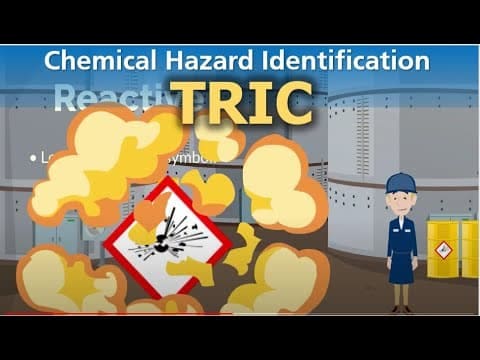Chemical Hazard Recogniztion -TRIC
So you're working with hazardous chemicals?
Do you know what the hazard classes are?
Have you seen all those GHS symbols around?
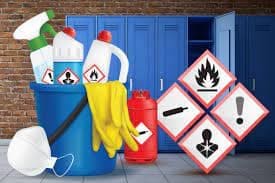
Don't wonry, wetre hereto help.
ldentffying hezardous chemicals can be remembered by using the acronym,
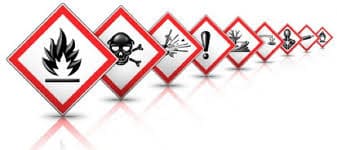
TRIC: Toxic, reactive, ignitable,and corrosive.
Toxic: these are chemicals that have been shown to pose a hazard to human health or the environment because of its carcinogenicity such as careinogen, mutagen, teratogen,acute toxicity, chronic toxicity,or persistence in the environment.Some common examples of toxic chemicals are;acrylamide, formaldehyde, glutaraldehyde, and others.Toxic metal salts indlude silver chloride, cadmium sulfate, mercury acetate, and others.Look for the GHS symbol that looks like this:
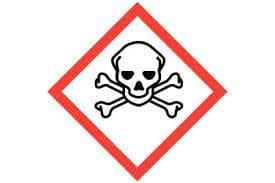
Reactive: these chemicals are unstable, explosive, capable of detonation,Some common examples of reactive chemicals include:alkeli metals such as sodium, lithium, potassium, and others.
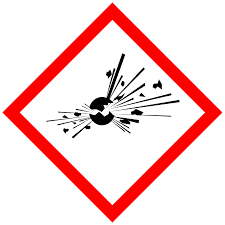
lgnitable; these chemicals generally are liquids with a flash point below 140°F,oxidizers and ignitable compressed gas.Like the sign says, they can ignite!Some commen examples include methanol, ethanol, acetone, and others.Ntric acid is an ignitable oxidizer with corrosive characteristics.
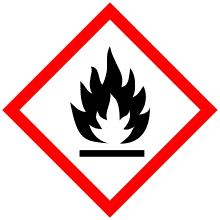
Corresive: lastly, corrosive chemicals are strong acids and bases,when aqueous have a pH less than two or greater than 12.5.Afew acids considered corrosive are hydrochloric acid, sulfuric acid,phosphoric acid, and hydrofluoric acid.Common bases indlude metal hydroxides such as sodium, potassium, caldium, nickel hydroxide, ammonium hydroxide, and organic bases such as amines.
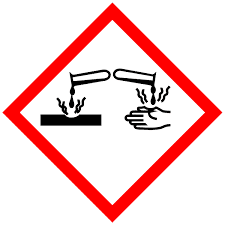
So next fime when determining chemical hazards remember, TRIC.
